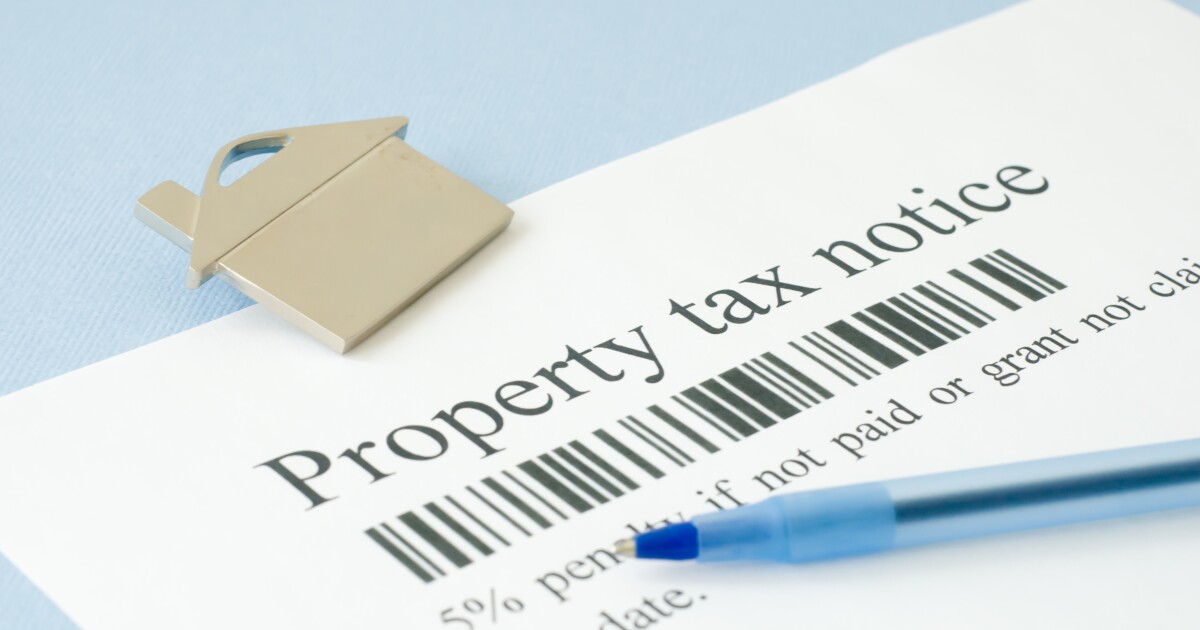
Collections by state and local jurisdictions over the past year totaled a seasonally adjusted $766.7 billion at the end of the first quarter,
The latest pace of growth, however, slowed from the 12.5% annual surge in fourth quarter 2023, when past-year revenue hit a revised $754.1 billion,
"This was the third straight decrease in the year-over-year rate of change in the property tax data," wrote NAHB economist Jesse Wade in a research post.
"Despite this, the first quarter of 2024 still experienced a year-over-year increase that is double what it has historically been." The average rate of growth since mid 2012 stands at 3.9%.
On a single-quarter basis, revenue collected between January and March came out to $194.6 billion, 1.5% higher compared to $191.6 million three months earlier and 6.9% greater than the $182 billion reported 12 months ago.
Property tax revenue data lags changes in housing costs, with recent acceleration coming after home prices saw unprecedented rates of growth in 2021 and 2022. While more recent increases show signs of moderation, prices
But the quick and steep climb of property taxes is
Homeowners in the lowest income brackets in particular are likely to be affected, as property taxes take a larger percentage out of their earnings compared to wealthier individuals, according to the Institute on Taxation and Economic Policy.
Property collections across the country over the past year represented a 37.9% share of state and local tax revenue at the end of the first quarter, according to NAHB's research. The portion rose from 37.6% in the October-to-December time frame and has come in higher each quarter since late 2022. In the third quarter that year, property taxes contributed just 33.7%.
The latest slice of revenue coming from property owners was the largest of all tax streams. Sales tax was in second at 28.4%. Individual income and corporate taxes accounted for 25.2% and 8.4%, respectively.



